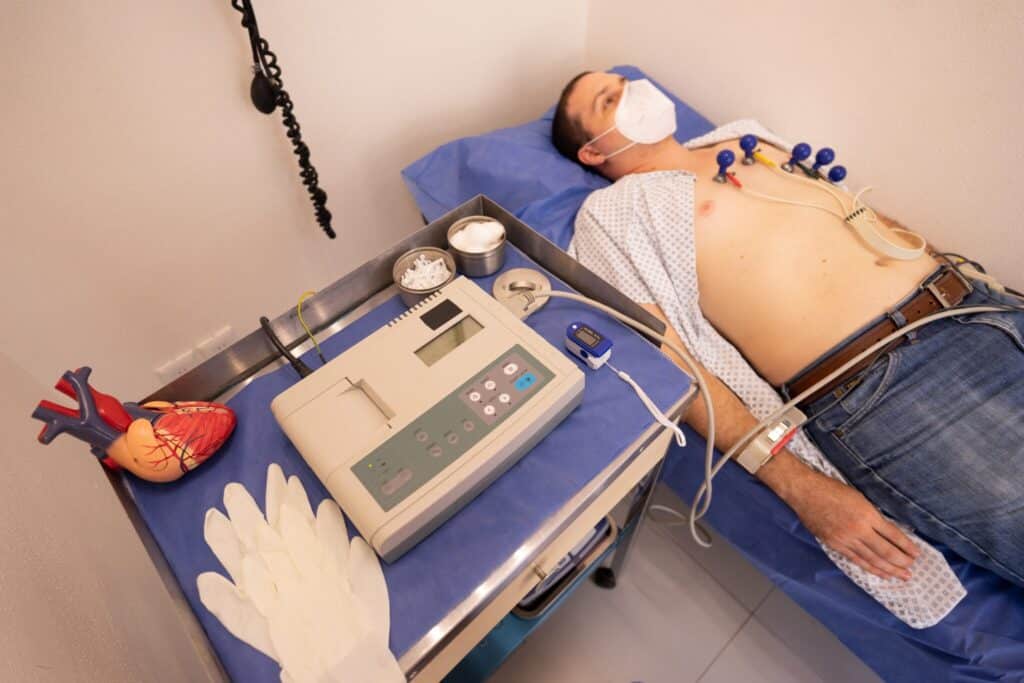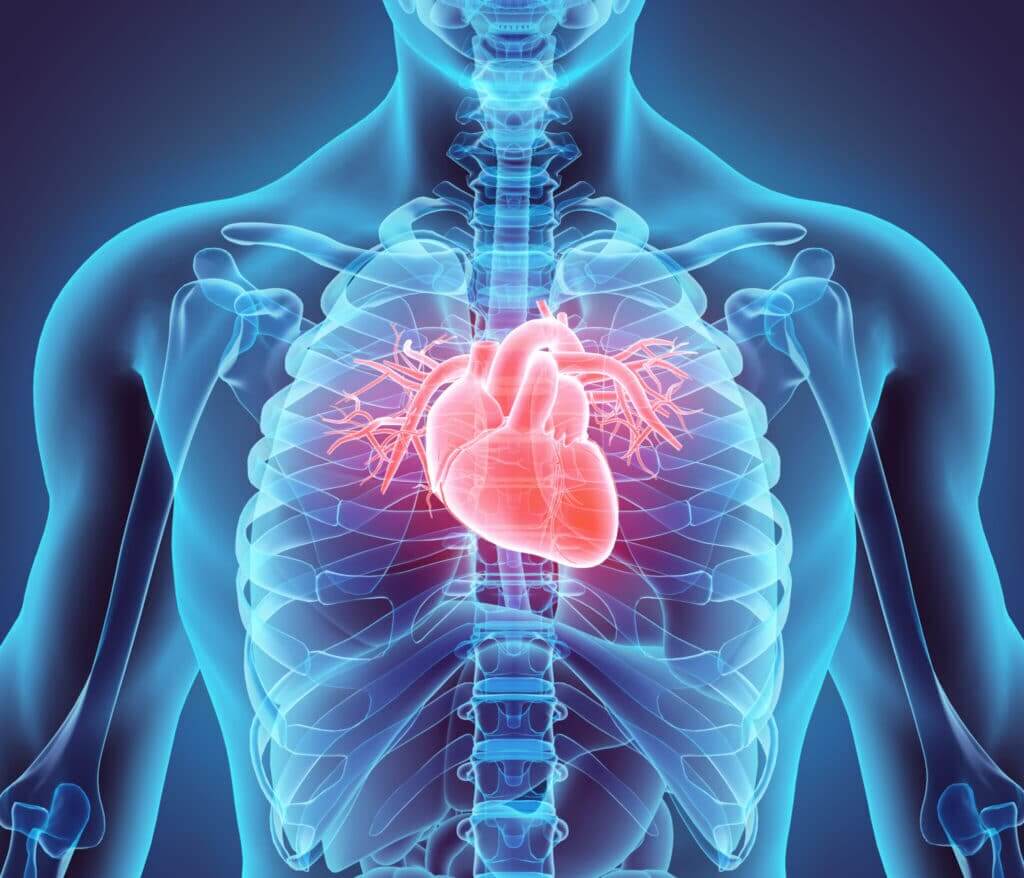Learn about its symptoms and causes and how to treat them.
The Director of the Cardiology Department writes Therapis General Hospital,
Penelope Rafoulis-Stergiou, MD, PhD.
What is coronary artery disease?
Coronary heart disease is the most common heart disease. This is damage to the coronary arteries (they are the arteries that supply blood to the heart itself), which show atheromatous lesions due to fat and calcium deposits on their walls. This leads to narrowing or even blockages of the coronary arteries, disrupting the blood supply to the myocardium. Some people also contribute to these aggravating cardiovascular risk factors, such as arterial hypertension, hyperlipidemia, diabetes mellitus, smoking, obesity, a sedentary lifestyle, a family history of coronary heart disease, and as stressful lifestyle.
What symptoms might I have?
The most common symptom is angina pectoris, that is, pain or heaviness in the chest, often radiating to the back, left arm, neck, and/or lower jaw. This can happen either during fatigue (stable angina) or at rest (unstable angina).
At the same time, the patient can feel sweating, nausea or vomiting, dizziness, or even fainting.
Diabetic patients, in particular, may have atypical symptoms and feel instead of pain and shortness of breath.
Less common symptoms are indigestion, palpitations (“flutters”), severe fatigue, sleep disturbances, and anxiety/confusion.
Unfortunately, often, the first manifestation of coronary heart disease is myocardial infarction or even sudden death, and for this reason, coronary disease should also be investigated in asymptomatic patients, depending on their cardiovascular risk.

What tests should I do?
There needs to be a complete cardiac examination (history, clinical examination), as well as a series of tests that includes the electrocardiogram, blood tests (biochemical markers of myocardial damage, e.g., troponin, CPK, CKMB, as well as control of risk factors, e.g., sugar, cholesterol, etc.), and heart ultrasound (triplex).
Depending on the findings, the patient is either referred for hospitalization-coronary angiography (for acute coronary syndrome – heart attack) or continues with ischemia control. This is done in the following ways:
- Stress test (in young, fit, low-risk for coronary heart disease)
- Dynamic heart ultrasound (Stress Echo) with dobutamine: This is a cardiac triplex with gradual administration of an intravenous drug that increases the pulse and contractility of the heart. It has greater diagnostic accuracy than the fatigue test, and it is done without exercise, while it does not have radiation.
- Myocardial perfusion scintigraphy: With the help of a c-camera, images of perfusion are taken during fatigue (exercise or medication) and 3 hours later at rest.
Less often, they are also used.
- CT coronary angiography: Coronary arteries are imaged after intravenous contrast (in patients at low to intermediate risk for coronary heart disease and with low heart rates)
- Cardiac Magnetic Tomography-stress MRI: The perfusion of the myocardium at rest, the existence of a “scar” and the assessment of the viability of the infarcted area (that is, if this part is still “alive”, in which case it will improve with reperfusion – stent or bypass), as well as the perfusion in fatigue are assessed with stress MRI.

How do I deal with it?
Treatment of coronary artery disease includes conservative treatment with medicines, while in some cases, invasive treatment may also be needed (angioplasty-stent or aortocoronary bypass bypass).
- Angioplasty/ placement of an intracoronary prosthesis (stent): It is done by a specialist interventional cardiologist and involves a puncture in the carotid artery (in the wrist) or, less often, in the femoral artery (in the leg), placing a catheter that reaches the heart and thus the anatomy of the coronary arteries is visualized. In case of severe narrowing or blockage from atheromatous plaque and/or clot, a stent (small metal mesh) is placed to “open” the artery.
- Surgical treatment – placement of coronary grafts (bypass): It is done by a heart surgeon, who places grafts of other arteries or even veins to bypass blocked coronary arteries.
Also very important is prevention, which includes exercise, healthy eating, smoking cessation, weight loss, reducing daily stress, adequate sleep, and limiting alcohol.
Of course, we don’t neglect that either annual check up us since there we will receive all the necessary answers from our attending physician.
In his cardiology clinic, Therapis General Hospital, all diagnostic tests (stress echo, fatigue test, heart triplex) needed to diagnose coronary artery disease are carried out with complete safety.
Book your appointment today at 210 729 1111 or by filling out the form you will find HERE.
Find Therapis General Hospital on social media:
Instagram | Facebook | LinkedIn

